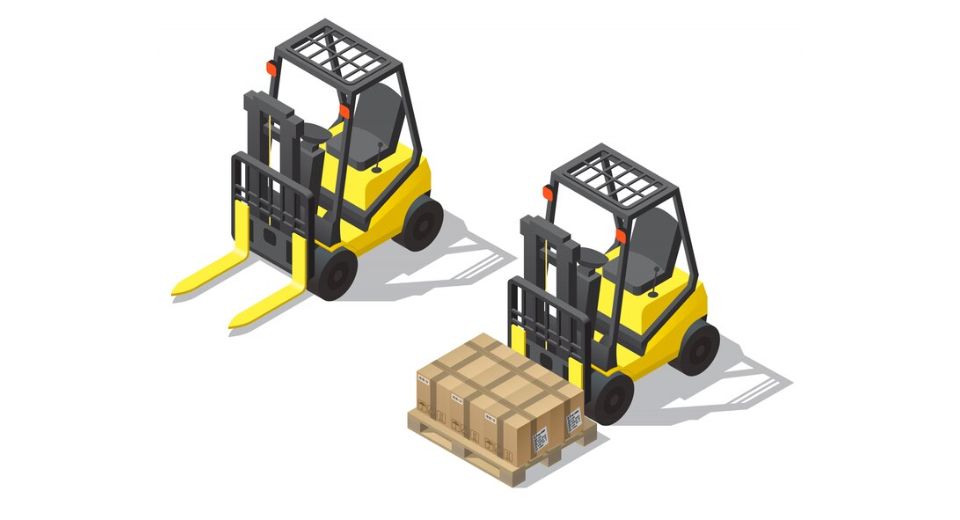
Oct 04, 2024

Metastat Insight coverage of the global handling and lifting equipment market found that this market grows at a tremendous rate and changes constantly. For industry, it has transformed equipment for material movement, lifting, and handling into a critical component of industrial activity today. Increasing demands on these levels of effectiveness, safety, and productivity in sectors such as construction, shipping, logistics, and manufacturing necessitate handling and lifting equipment. Its machines continue to grow in popularity for the increasing industrial activities and infrastructure projects together with operational safety. This industry, thus, along its trajectory, is influenced by numerous technological developments and industry-specific needs that assure its steady development in various regions worldwide.
Economic development in various parts of the world is driving demand for handling and lifting equipment. The industrialization process across the emerging economies is yet another driving force behind the demand for such machinery, as new factories and construction projects spring up here and there. Along with the increasing complexity of the industries and the sophistication of their production lines, the machines used in the production process have to be quite reliable and able to handle larger and heavier loads with precision. As more concern is being placed on health and safety for their respective companies, upgraded lifting and handling equipment is installed to ensure compliance to specified standards so that workers do not suffer from injuries brought about by manual handling.
Automation may be the biggest trend in the marketplace. Not only is automation helping businesses make operations more efficient; it’s also allowing firms to reduce operation costs in the future. Considering that the automated handling and lifting systems minimize human intervention, there is no chance for human error and improves speed and accuracy of completion. With this, the company is in a position to achieve more production targets while maintaining quality. The trend is especially true for regions with high labor costs, where companies must improve efficiency.
Companies in this industry are also turning towards environmentally friendly solutions. The quest for sustainability has brought in green handling and lifting equipment to reduce the emissions of their products and the usage of energy in their cycle of reuse. The manufacturers come as close as possible through joint product development where machines run on renewable resources or feature energy-saving properties. This industry epitomizes the global trend of reducing carbon footprint as aimed by the exigencies of governments and international bodies. Commitment to sustainability is fast becoming a competitive difference for the companies in the Global Handling and Lifting Equipment market.
Though the marketplace does not come with the price of some hurdles. Advanced handling and lifting equipment are of course expensive and might be hard for small businesses to afford in developing regions. Large companies have the capacity to invest in the latest technology, but small players are finding it difficult to keep pace with the progressive advancements. But this discrepancy might restrict the industry’s growth in these regions because a massive amount of money is invested at initial stages, making it rather discourage smaller companies to upgrade their ventures. It also creates fluctuations in raw material prices that affect the cost structure of producing the equipment, thus making it impossible to have competitive pricing for the manufacturer to maintain.
Leasing options and second-hand equipment markets are addressing these challenges. The trend today is to lease rather than buy as equity and benefit from new technology without having to shell out large amounts of money at the onset. In addition, there is a second-hand market that also thrives nowadays where one can obtain affordable alternatives for those businesses that need equipment but may not be able to afford to buy the newer models. These alternatives further level the playing field, making it rather easy for smaller businesses to compete in their respective industries.
Another related factor to this market is after-sales services. Manufacturers are providing all-round service packages, not only maintenance and repairs but also technical support. Such packages ensure that companies working with handling and lifting equipment can continue with their business operations uninterrupted since any kind of equipment malfunction can be met with prompt action. Any downtime would mean significant losses to businesses depending heavily on this equipment for normal operations in day-to-day functioning. The reliability of after-sales service is, therefore, crucial to availability.
The Global Handling and Lifting Equipment market I, thus seems poised for steady growth in the years to come as described by Metastat Insight. With continued growth and industrialization, the need for reliable and efficient equipment in handling and lifting activities will increase naturally. Despite the drawbacks of cost and accessibility, solutions developed within the market make sure that business institutions of all sizes will eventually benefit from advancement in this field. The focus will be on automation, sustainability, and innovation in order to continue driving this market forward and shaping its future to meet the demands of industries around the world.
Drop us an email at:
Call us on:
+1 214 613 5758
+91 73850 57479